When the Future Was Built to Last
Villa Cavrois and the Details of Enduring Luxury
Living in a good house is like wearing your favorite winter coat. You may have overspent on it, but you feel elegant and proud. Enveloped in snugness every single day.
We’ve stayed in many houses that felt just like that. Architect’s homes where nothing screams but everything makes sense. Simplicity that succeeds. Historic houses that have easily stood the test of time. Places perfectly in sync with their owners’ personalities and accumulated treasures.
Each of them left its mark on us.
But sometimes, we can only visit them; houses whose cultural importance has eclipsed their domestic life. Like Villa Cavrois.
So overwhelming in scale and intent that it’s the details—the fixtures, the finishes, the quiet precision—that make it human again.
Koru. Launchpad. Dragonfly.
If the names don’t resonate, you’re unlikely to ever set foot on board.
These are the gigayachts of Messrs. Bezos, Zuckerberg, and Brin: floating fortresses, each among the most expensive assets a human can own. Vast technological marvels, designed as private sanctuaries of excess, vanishing from public life into the anonymity of oceans. Or hovering just offshore, in view yet out of reach, unmoored from any shared cultural fabric.
There was a time when fortunes didn’t dissolve at sea but reshaped the skylines of cities and the landscapes of regions.
At the turn of the 20th century, the industrial north of France was a panorama of smokestacks and looms, where rapid fortunes rose from textile mills and dye works. Families like the Cavrois became emblems of this prosperity. With industry as their engine, they accumulated not only capital but also the cultural ambition to root their legacy in architecture and design.
Like today’s moguls, they measured themselves against rivals, but their stage was not the open sea. It was the built landscape.
It was in this climate of competitive display that Paul Cavrois, heir to a textile empire, turned to Robert Mallet-Stevens, one of France’s most avant-garde architects. What he commissioned was no nostalgic château but a modern manifesto: Villa Cavrois, completed in 1932, a bold gesture toward progress, streamlined, functional, and meticulously detailed. Every line, material, and proportion declared a belief that wealth could—and should—shape the future.
The difference with today’s fortunes lies not in scale, but in what their wealth was used to build.
Villa Cavrois endures because vision, not vanity, transformed capital into a work of modernist art. Paul and Lucie Cavrois granted Mallet-Stevens full creative freedom, with only the budget as a limit. The result was a modern château: a sixty-meter façade, 2,800 square meters of living space, and a symmetrical plan that nodded to aristocratic tradition while reimagining it for the machine age.
Ornament was stripped away, terraces spread across the flat roofs, and interiors gleamed with innovations: central heating, electric lighting, telephones, even an elevator. Glass, steel, and metal—industrial materials—became instruments of elegance.
True to his vision of the œuvre totale, Mallet-Stevens orchestrated not only the architecture but the entire interior world. Furniture, lighting, color harmonies, even the perspectives framed by windows and the reflections in the long water mirror outside were part of his design. He called on collaborators—Jean Prouvé and Jacques Le Chevalier—but directed the whole with the precision of a film set designer, a métier that shaped his eye.
Each room offered its own atmosphere: Art Deco, Bauhaus, glimpses of De Stijl and Viennese Secession all woven into a coherent whole. Clocks, radiator covers, and built-in fixtures were not embellishments but essential notes in the composition.
Modern living, detail, and daring were fused into a single work of art. One that transcends its time and still speaks with clarity, almost a century later.
It reminds us that true luxury is not possession but permanence, anchored in detail, rooted in place, and vivid with vision.
And Koru, Launchpad, and Dragonfly in a hundred years?
The scrapyard is my best guess.
https://www.aestheticnomads.com/
Contributors:
Hans Pauwels, words - Reinhilde Gielen, photographs
Locations:
Villa Cavrois, Croix, France




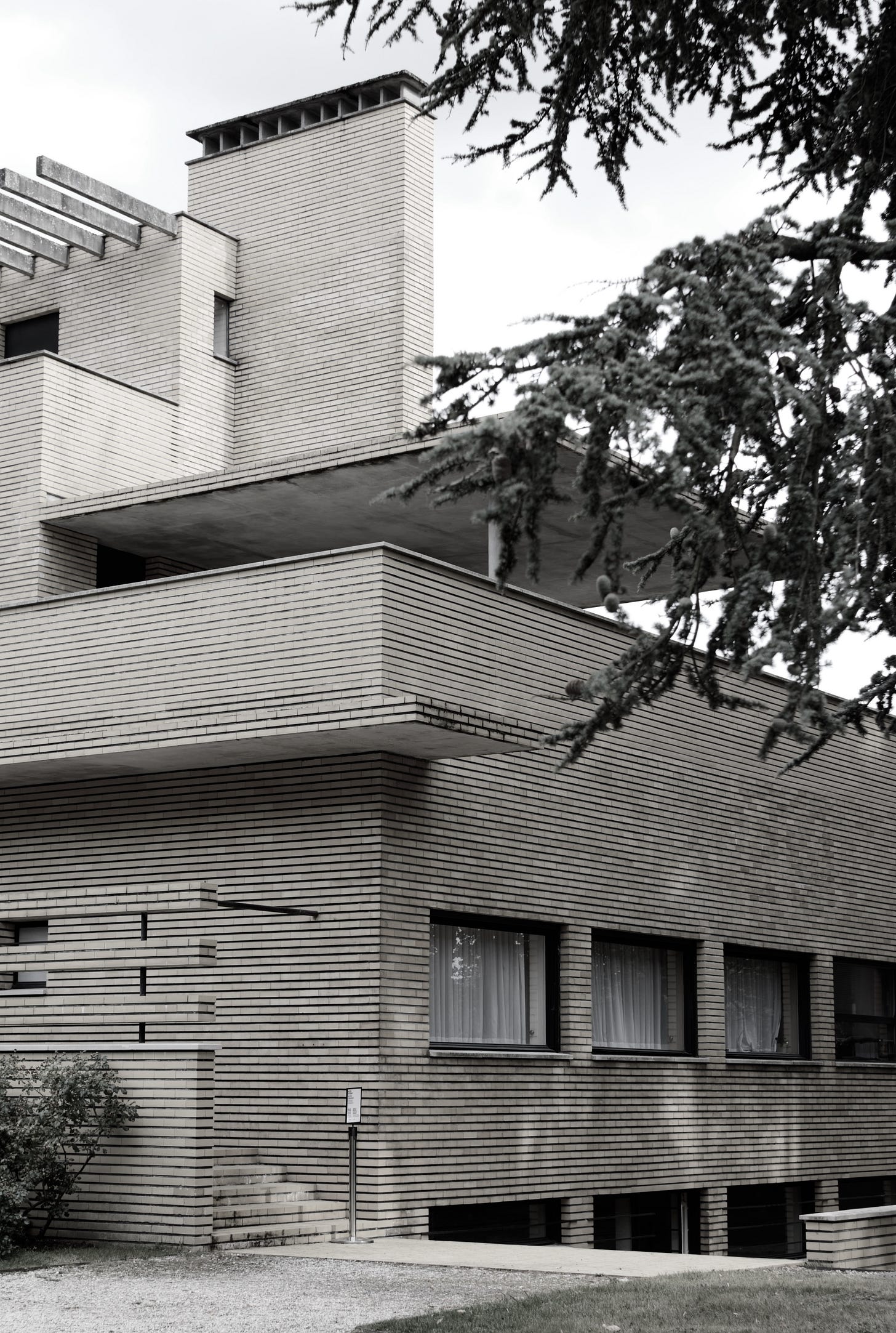
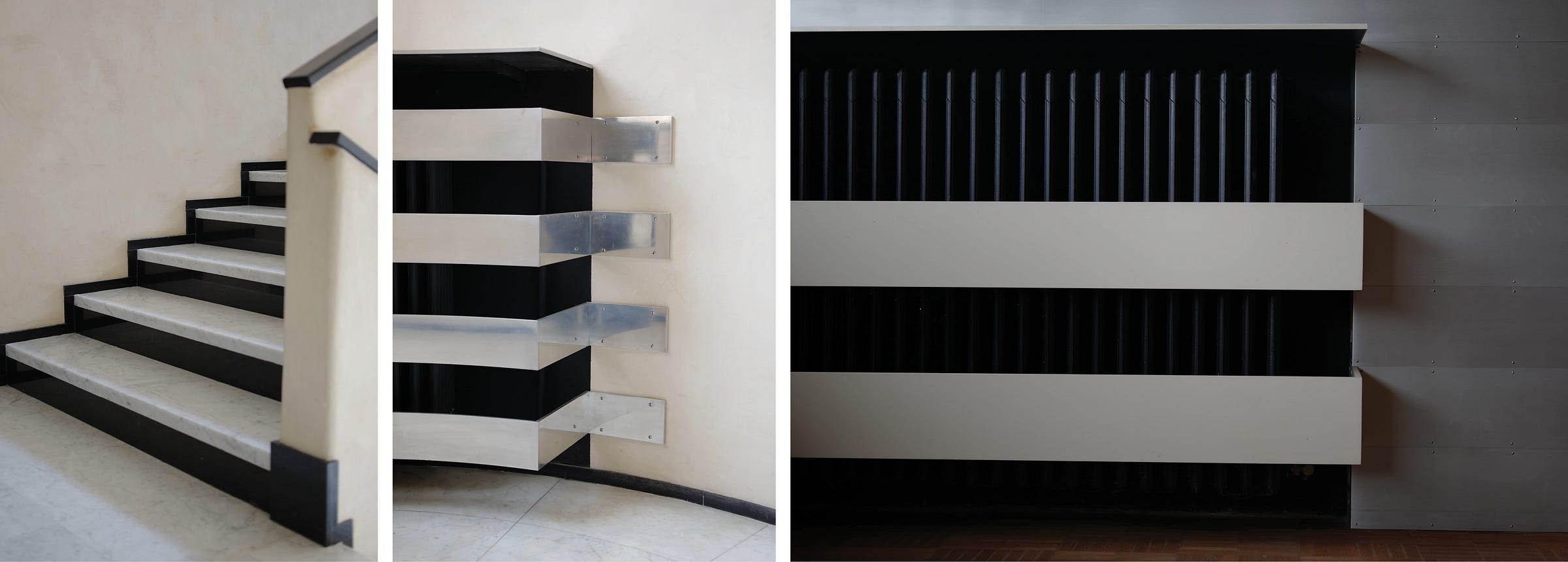
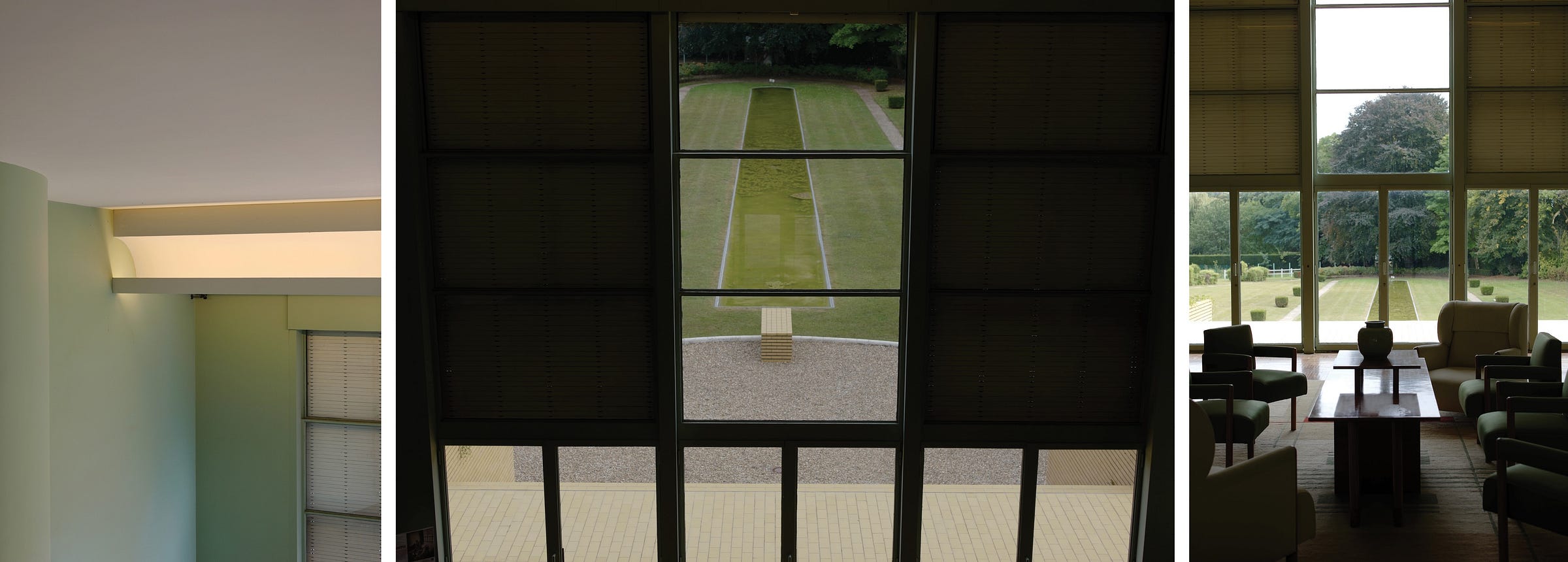
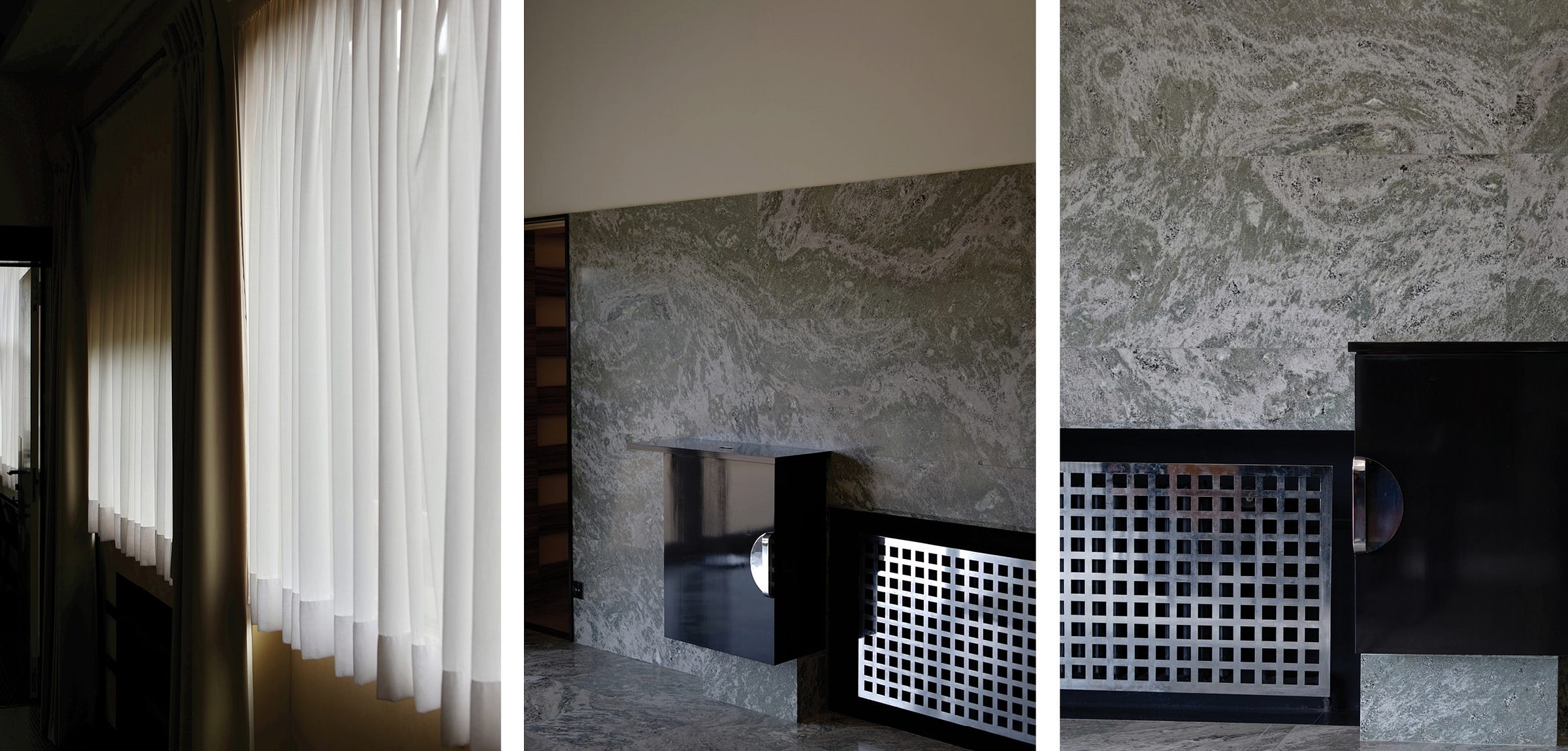
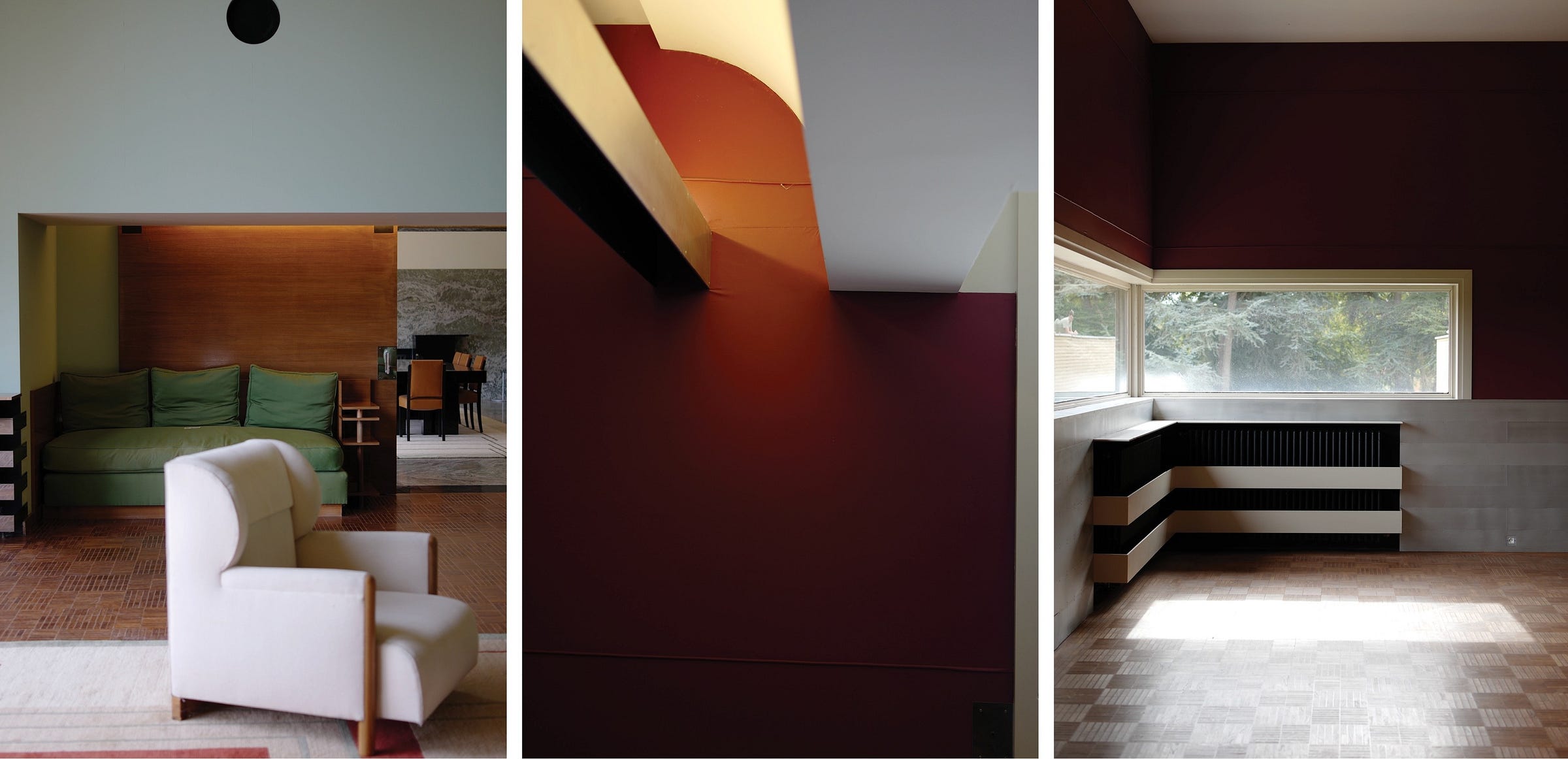
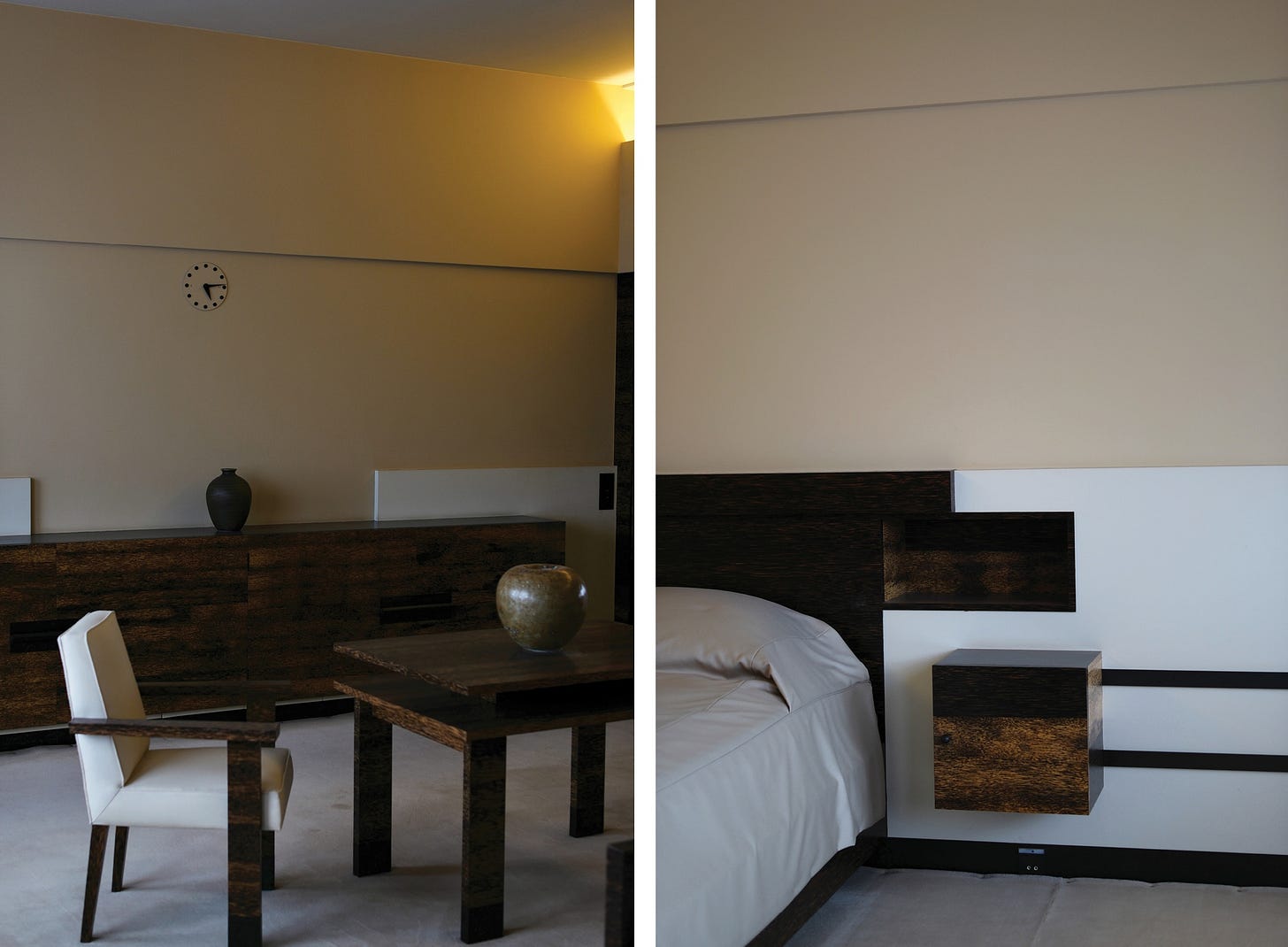
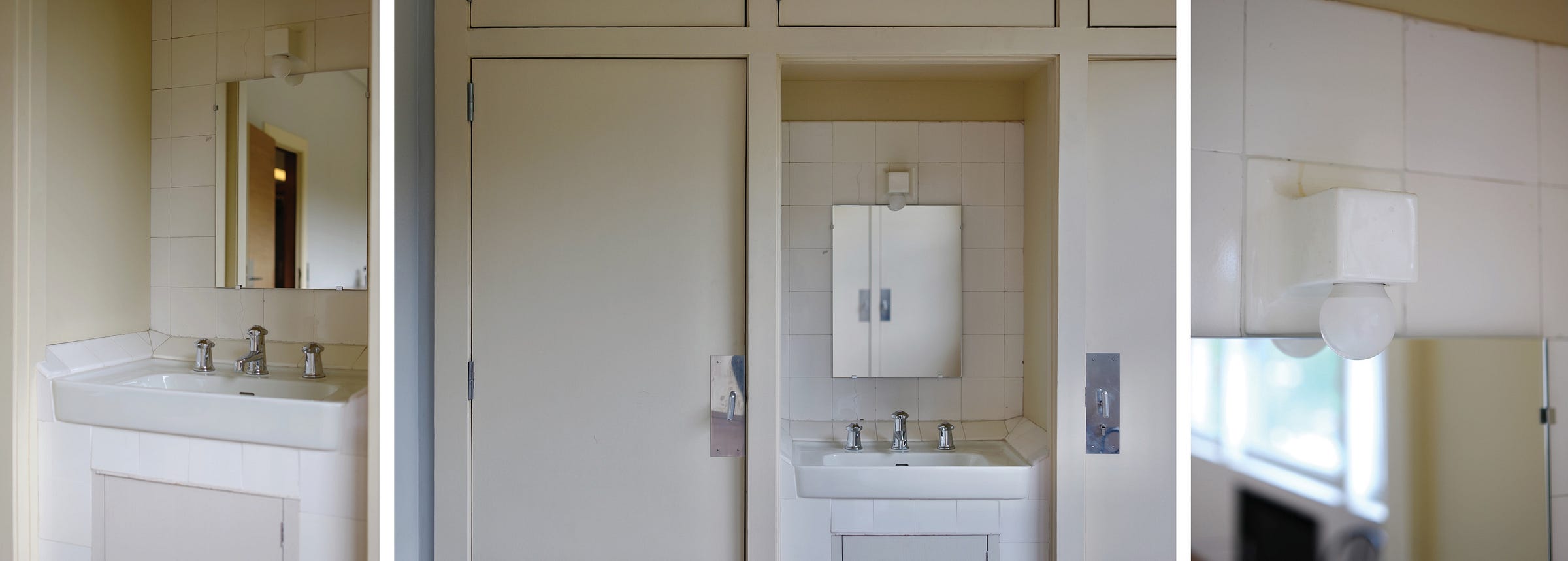
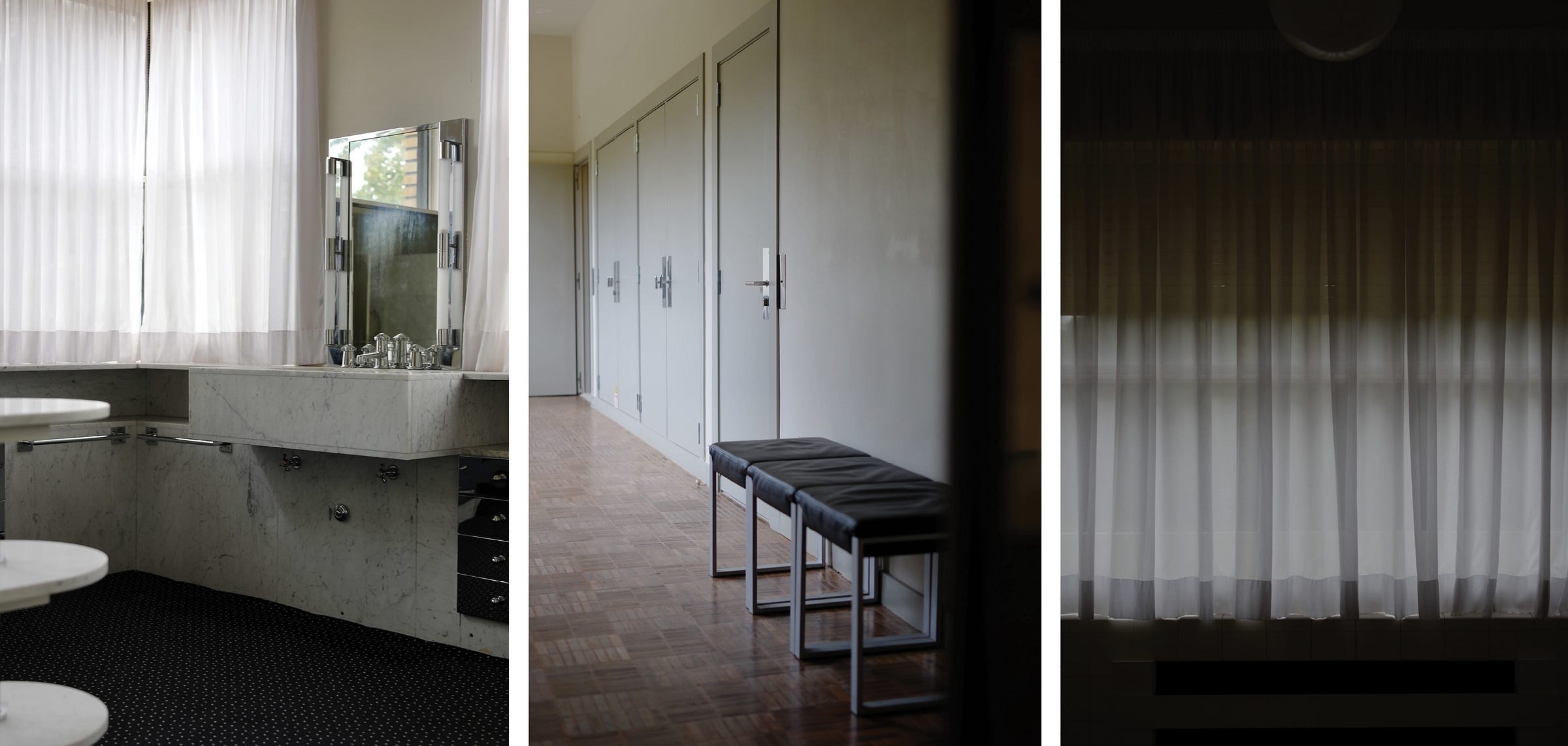
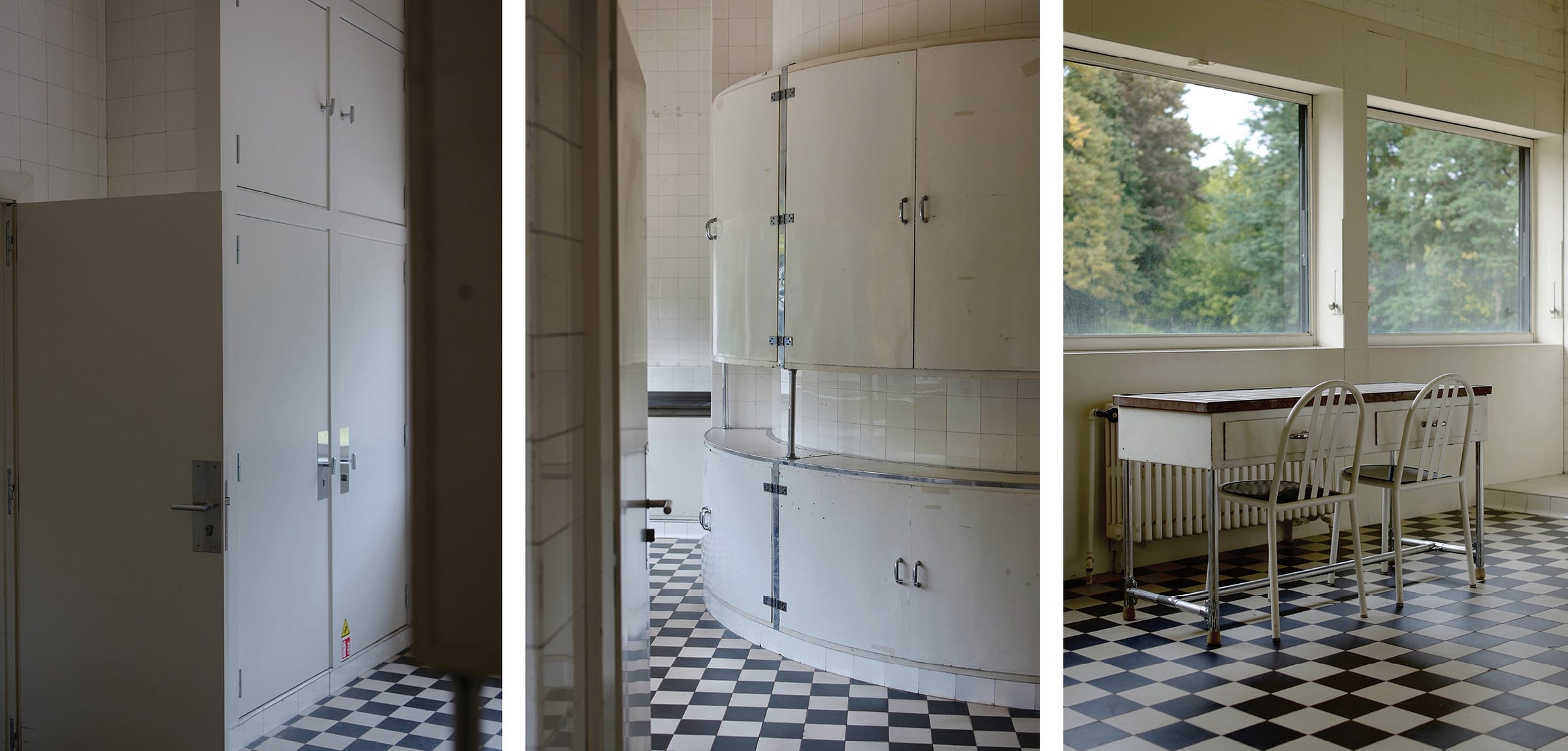
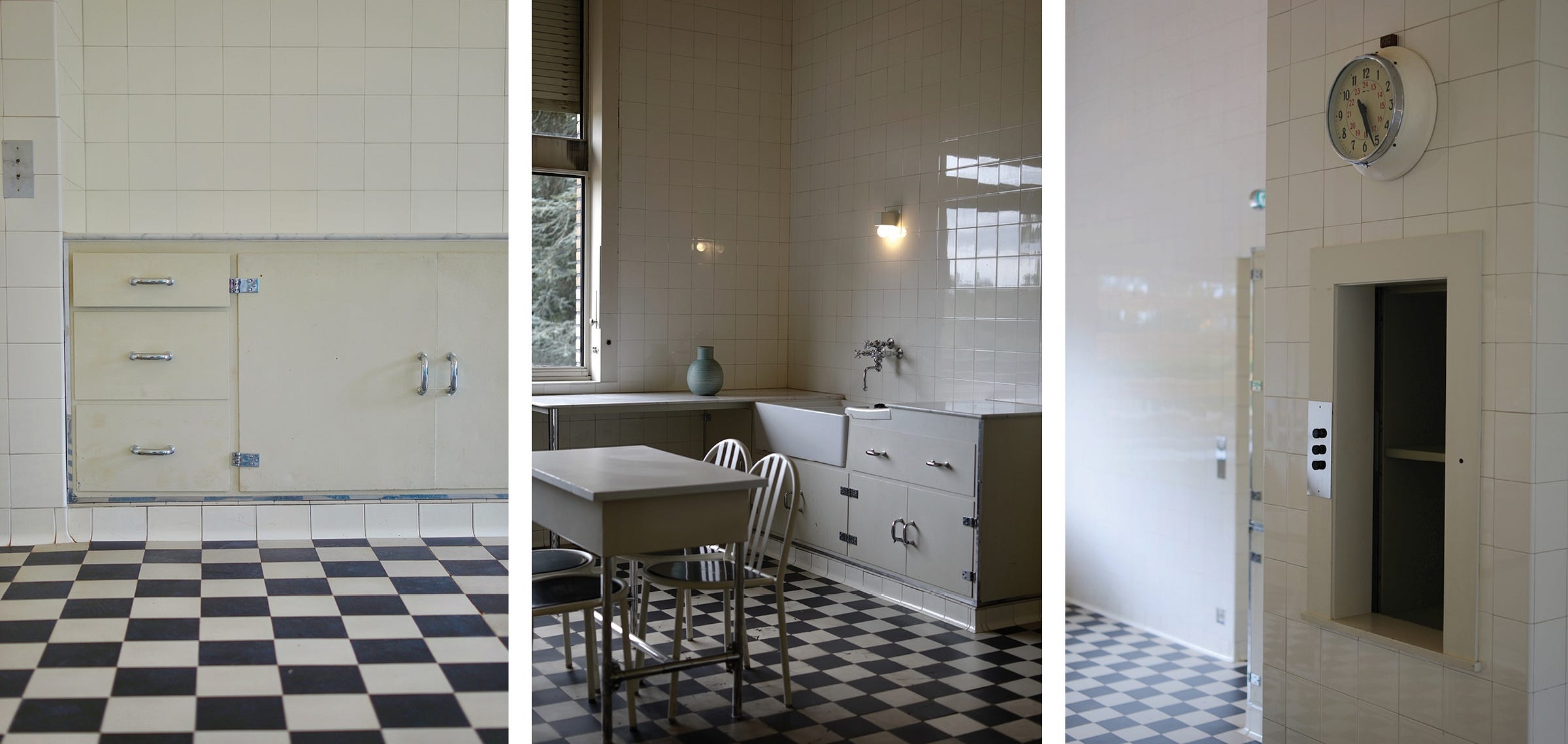
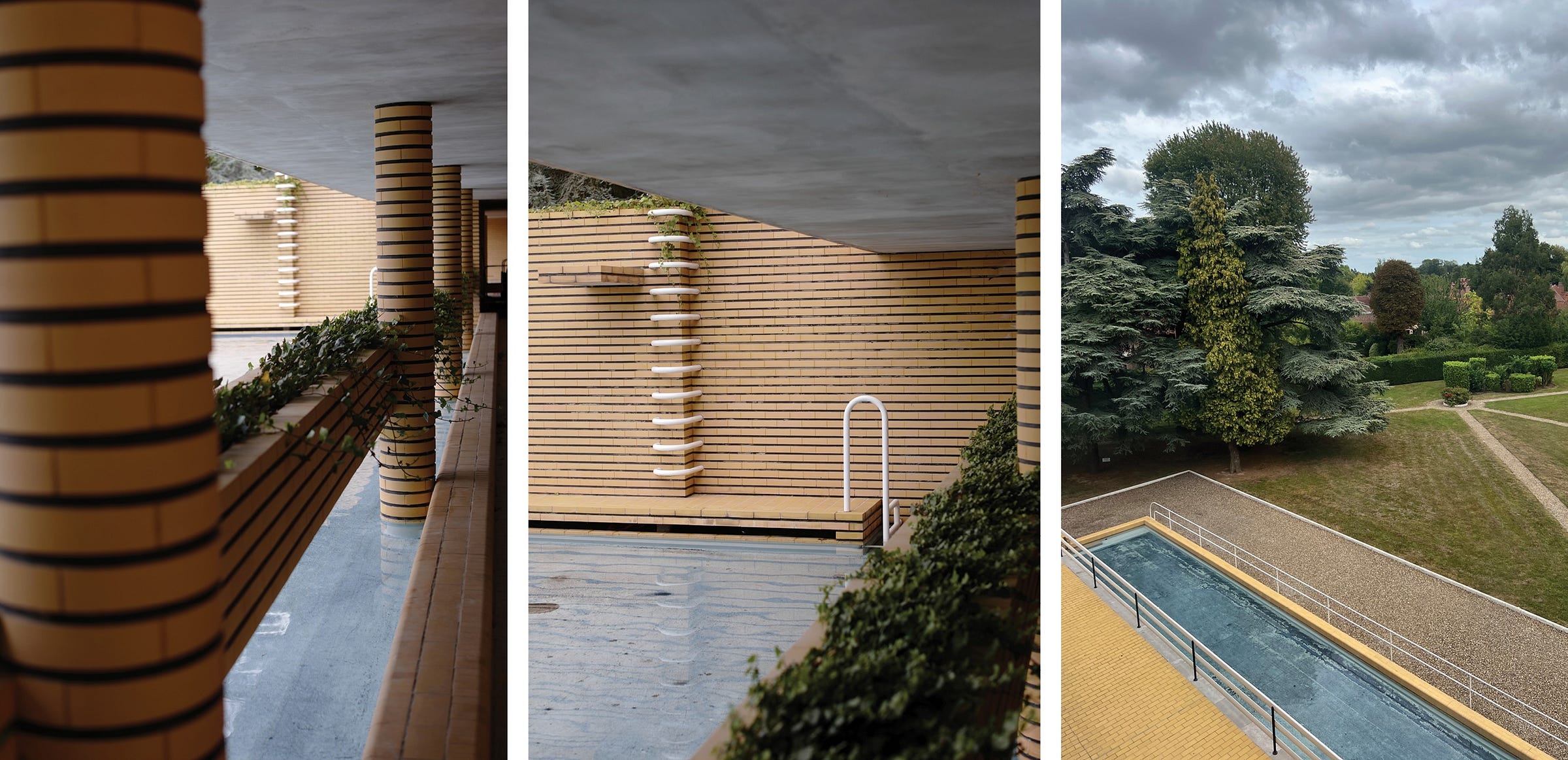
Villa Cavrois is located in Croix, near Lille in the North of France. It can be visited daily from Tuesday through Sunday between 10AM and 6PM. https://www.instagram.com/villa_cavrois/